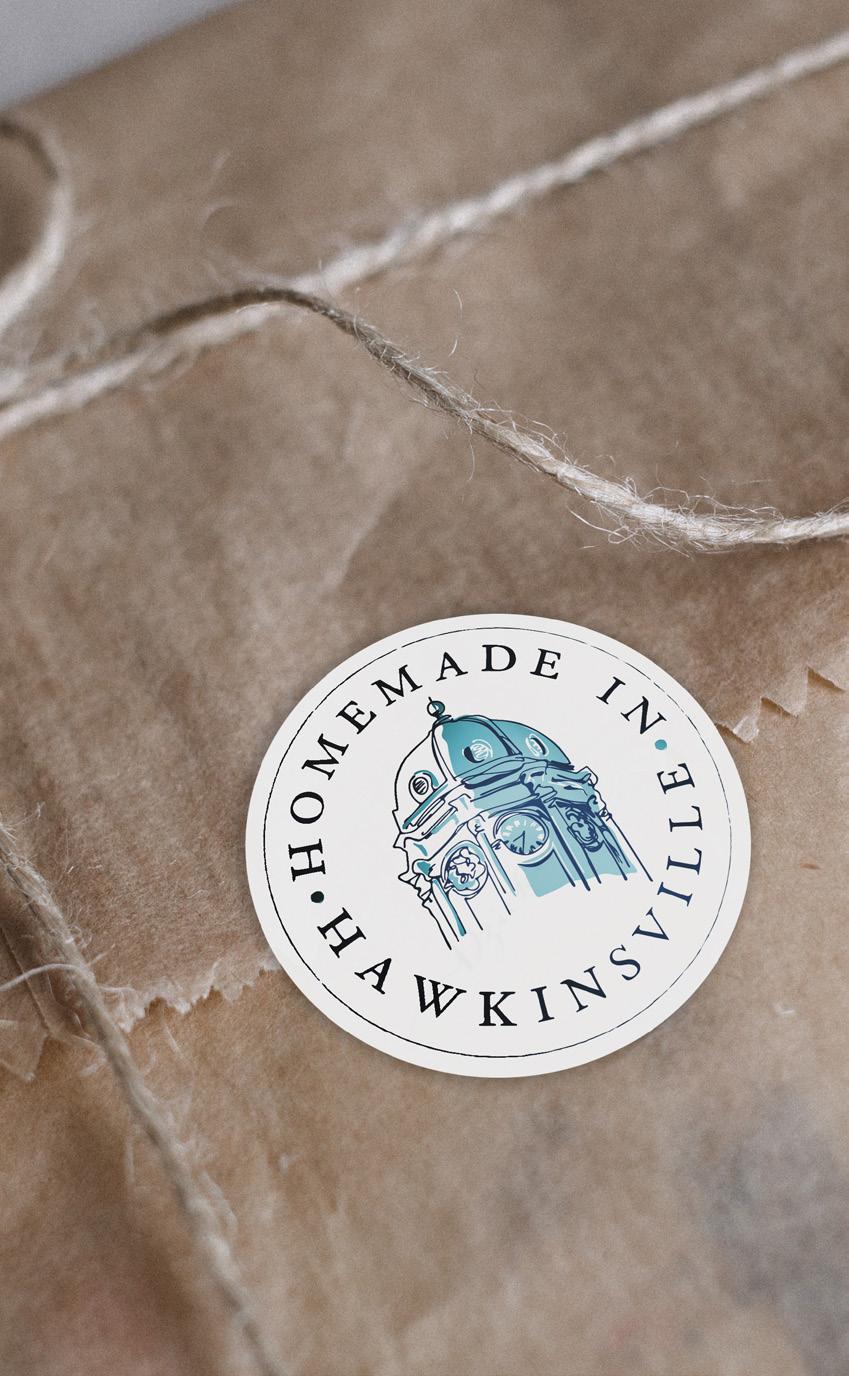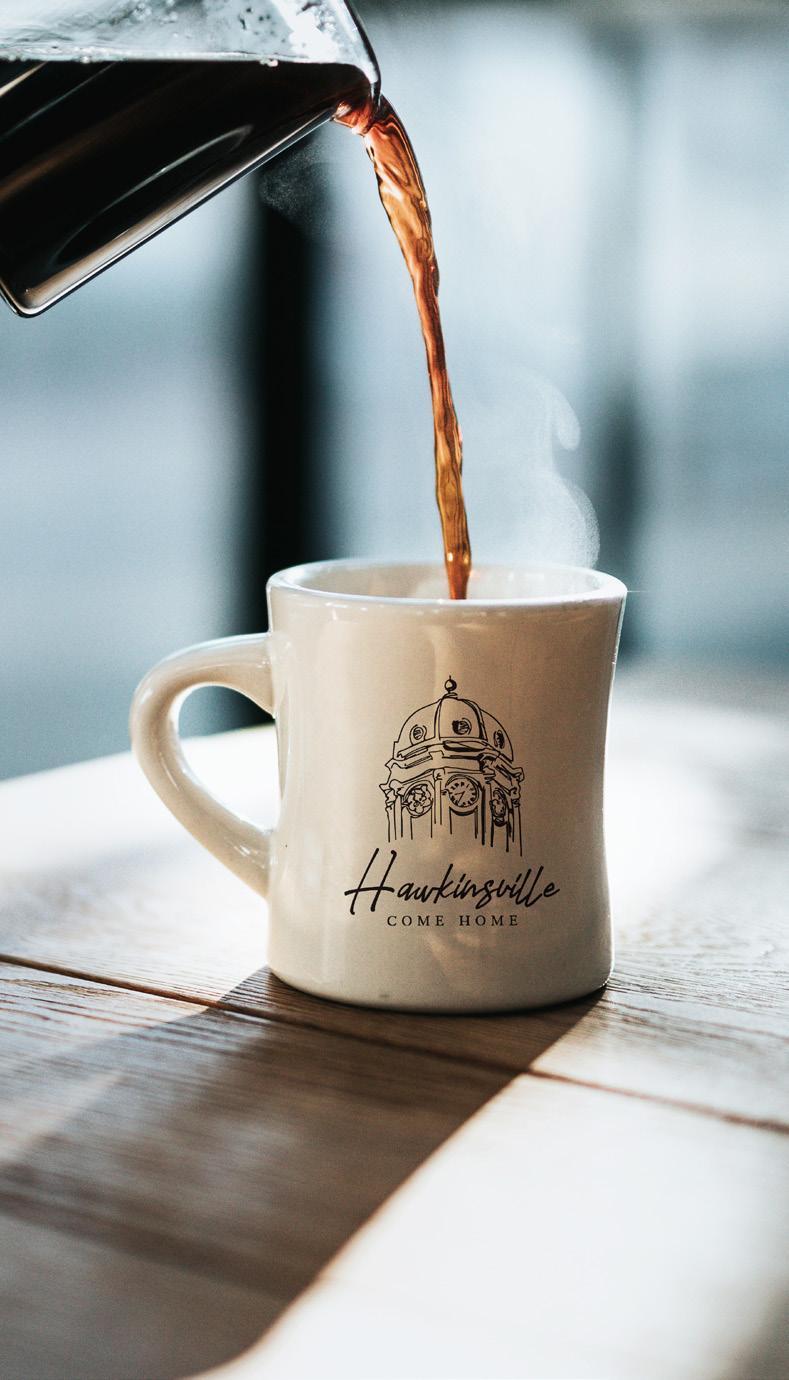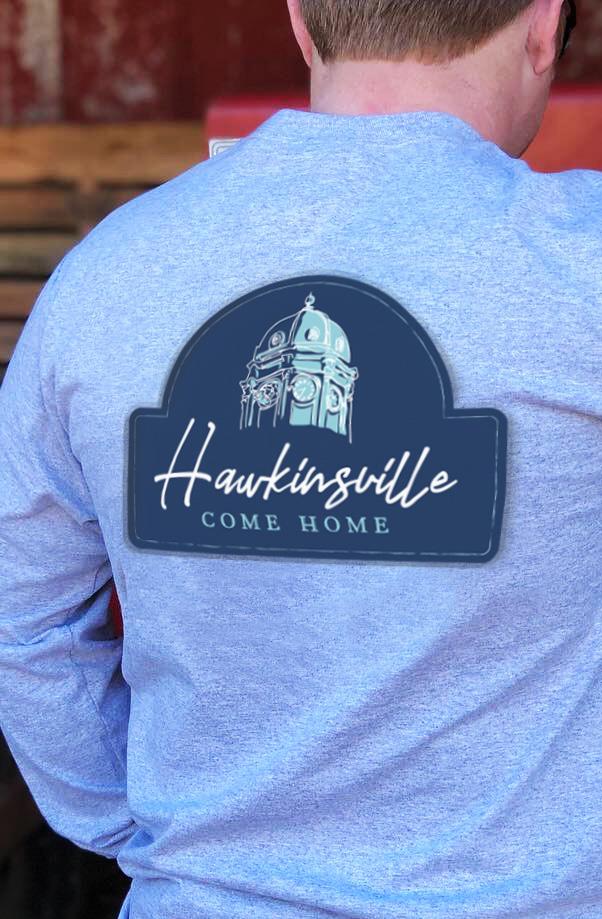
10 minute read
Introduction
The Georgia Downtown Renaissance Partnership (GDRP) was founded in 2013 as a community-driven collaborative planning and design partnership. The GDRP brings together public institutions, nongovernmental organizations, and private foundations to assist local governments with downtown revitalization and other planning challenges. Partners, including the University of Georgia’s Carl Vinson Institute of Government, the Georgia Municipal Association, and the Georgia Cities Foundation, bring diverse resources to the table to support community-driven planning. Relying on these core partners, this collective approach brings design, technical expertise, and resources to assist local governments with downtown revitalization. Since 2013, the Georgia Downtown Renaissance Partnership has brought a collaborative planning approach to over 40 cities across Georgia and neighboring states. Through program elements like the Renaissance Strategic Vision and Planning (RSVP) process, the Georgia Downtown Renaissance Fellowship, and collaborative studio courses with the UGA College of Environment and Design, the Georgia Downtown Renaissance Partnership helps provide the tools for communities to realize their vision and maximize their potential.
PARTNERS
College of Environment + Design



Introduction
An early 1800s river boomtown with many remaining vestiges of the city’s vibrant past, Hawkinsville, Georgia, remains a place of tradition and hometown pride. Located in the heart of Middle Georgia along the Ocmulgee River, this welcoming, small-town community offers the city’s 5,270 diverse residents a wholesome and inviting location to raise a family, grow a business, and put down roots. With a strong small-town sense-of-place, Hawkinsville remains defined by its warm and welcoming people. Known for the city’s historic Hawkinsville Opera House and as Georgia’s Harness Horse Racing Capital, this community offers a unique mix of attractions for locals and visitors alike. Despite these advantages, like many small, rural towns, Hawkinsville’s downtown has slowly declined over the decades.



Branding concepts from the Hawkinsville-Pulaski County Brand Lookbook, 2019
n hopes of growing the local economy, in 2019, leaders from Hawkinsville and Pulaski County partnered with branding experts at the University of Georgia’s Carl Vinson Institute of Government to develop a comprehensive community brand. Supported by the local UGA Archway Partnership and the community’s chamber of commerce, this effort has been embraced and successfully implemented across Hawkinsville and Pulaski County. With a unified branding campaign inviting businesses and residents to “Come Home” to Hawkinsville, local leaders hope to attract more business growth and activity downtown.
Local leaders have supplemented this unified community brand with a variety of other incentives and ongoing improvement efforts. Chief among them are $75,000 in facade grants and no-interest loans over the past three years and the redevelopment of major buildings including the former Taylor Memorial Hospital. In addition, construction of a new city hall complex near the river is in the planning stages. Redevelopment downtown has also been bolstered by Hawkinsville’s 2021 designation as a Rural Zone. In conjunction with this planning effort, local leaders worked with specialists from the Middle Georgia Regional Commission on Hawkinsville’s successful Rural Zone application. Administered by the Georgia Department of Community Affairs, this unique program offers robust tax credits and incentives over a five-year period to entice new businesses and rehabilitate downtown buildings.
DOWNTOWN STRATEGIC PLANNING AND THE RSVP PROCESS
The RSVP process combines the best practices of community-led strategic planning, design, and action-item implementation. The initial public input process allows local citizens the opportunity to express their goals, objectives, and values honestly. By hearing one another and discussing their ideal versions of their community, residents are able to arrive at a consensus vision of their future. The RSVP brings a community’s ideal vision to life through design. Planners and design professionals use renderings, plans, and more to help illustrate the vision of local citizens. Through renderings, plans, and more, designers create two-dimensional images that represent solutions to transform the built environment. Whether they encompass small or large projects, these conceptual designs speak directly to the priorities and vision articulated by the community. Taken together, they illustrate the community-determined, consensus vision of how their downtown will look and feel in the future. These designs are then used to guide strategic planning, prioritize decision making, and inform local officials who will direct the future of the downtown.
Step 1
THREE STEP PROCESS
Where are we now? interviews PLAN FOCUS GROUPSvisual preference assessment REVIEW
Step 2 where are we going?
demographics & economics $
steering committee survey
top issues
design
renderings
Ho Step 3 w do we get there?
action items
visualization
Hawkinsville initiated the planning process with an outpouring of community support and personal donations. More than 70 individuals and small businesses donated over $41,000 to support the plan and implementation. Coupled with commitment across local government, civic organizations, Archway Partnership, the Georgia Municipal Association, and the Georgia Cities Foundation, this humbling level of community support helped inspire the citizen-led design and implementation items included throughout this plan. Originally scheduled to begin with in-person interviews, focus groups, and public input sessions in April 2020, step one of the Hawkinsville RSVP process coincided with the escalation of the global Covid-19 pandemic. Residents in Hawkinsville and Pulaski County, home to Taylor Regional Hospital, confronted the unfolding pandemic early on. Hawkinsville came together during this trying time in ways large and small. Experienced and newly inspired community members made masks for neighbors; a local florist donated red bows in memory of those lost; and one local resident even created custom magnets reminding locals to pray for Covid19 patients. Hawkinsville witnessed firsthand the devastating toll of the virus. Despite challenging times and circumstances, the community continues to come together to plan for a brighter future for downtown.
With UGA’s in-person operations closed and travel restricted, Institute faculty and staff worked with Hawkinsville leaders to delay beginning the public input process until August 2020. In response to the unique and unprecedented challenges of undertaking an engagement-intensive process during a global pandemic, Institute of Government planning faculty and staff initiated a fully remote public input process. To preserve public safety during the ongoing Covid-19 pandemic, one-on-one interviews with local citizens were conducted by phone, with numbers and contact information provided by Hawkinsville–Pulaski County Chamber of Commerce Director Sandy White. In addition to individual telephone calls, faculty and staff members reached out to hundreds of local citizens through a community-wide survey and virtual focus group meetings via Zoom.
Public input participants praised the city’s tight-knit, small town community, historic buildings and architecture, location on the Ocmulgee River, local leadership, restaurants, and ongoing beautification efforts. While recognizing these strengths, residents across the community voiced the desire to preserve and fill downtown buildings and restore vitality to the city’s commercial heart.
Local public input participants overwhelmingly cited vacant downtown buildings and storefronts as the most critical issue facing downtown. To respond to this community consensus, Hawkinsville must address vacancy, invite new redevelopment, and continue improving facades and maintaining existing buildings. Now is the time for creative solutions to attract downtown redevelopment and fill storefronts. To meet this challenge, local leaders should utilize existing tools like the city’s Rural Zone designation and consider new recruitment and incentive strategies. In the short term, educating local elected officials and business owners about the tools already available could ensure that property owners are able to take full advantage of existing redevelopment incentives.
In addition to addressing issues of vacancy, residents want to see the streetscape and on-street parking downtown improved to expand access and pedestrian safety. Downtown business owners noted that Commerce Street would be improved with angled on-street parking, safe pedestrian crossings, and traffic-calming measures to limit dangerous speeding and heavy tractor-trailer volume downtown. Many also noted that improving rear parking areas could benefit downtown businesses and help centralize service areas.
Locals of every age and demographic cited the need for neighborhood businesses like cafés and brewpubs. Businesses that serve as inviting public spaces offer a “home away from home” downtown. Many see offering a mix of evening activities, entertainment, and more as an important way to improve the local quality of life, build on the appeal of existing assets like the Hawkinsville Opera House, and keep younger residents in the community. Residents also see rediscovering the Ocmulgee River as a top issue for downtown. Improving existing facilities like Veterans Park and bringing new activity, development, and recreation opportunities to this unique resource could help Hawkinsville invite redevelopment in a way that honors the past of this special small-town community.
In developing designs to address the top issues that emerged in step one, Institute design professionals collaborated with Jennifer Martin Lewis, director of UGA’s Center for Community Design and Preservation at the College of Environment and Design. With faculty support, 13 graduate and undergraduate landscape architecture and planning students worked with local leaders and property owners to develop innovative concepts to bring activity to underutilized properties and improve Veterans Park downtown. Provided at no cost to the community, these concepts formed the basis for the Veterans Park improvement plan and other designs included in this document.
Throughout this process, a dedicated group of local citizens and government officials convened under the leadership of the city, county, and the chamber of commerce to refine desired priorities and guide development of the final plan. This group, the Hawkinsville RSVP Steering Committee, reviewed and honed the hundreds of individual public responses from step one of the RSVP process to determine the community’s top concerns. The resulting top priorities listed below guided the strategies and designs found throughout this plan.
Streetscape: Parking and Beautification
Issue More than any other issue, Hawkinsville residents agree that improving the appearance of buildings, maintaining existing properties, and addressing the high rate of 1 downtown vacancies must be prioritized in order to restore downtown as the vibrant heart of the community. Residents in step one of the Hawkinsville RSVP process requested improved property maintenance and a mix of incentives to attract reinvestment and improve the appearance of downtown. Local residents often pointed to the revival of nearby downtown Perry, Georgia, as an example and cited both ordinances and incentives that have improved other communities, including front and rear facade grants, sprinkler grants, signage grants, and tax abatement programs. Residents requested that the community examine these tools or other means to encourage property maintenance and to draw new businesses downtown. To attract the type of redevelopment desired by the community, city and county leaders should view downtown redevelopment like they view industrial recruitment: Aggressively pursuing the type and quality of development desired could forever change the community for the better.
Issue Hawkinsville residents recognize that Commerce Street, downtown’s “Main Street” and commercial heart, must be improved for the area to thrive. Community members 2 want to alleviate heavy tractor-trailer traffic downtown, curb dangerous speeding, and make walking downtown safer and more appealing. At the same time, locals recognize that convenient, easily visible parking is an important commodity for downtown businesses. Working with the Georgia Department of Transportation (GDOT) to improve parking along Commerce Street and addressing the appearance of rear parking areas would go a long way toward ensuring more accessible and financially viable downtown businesses. In addition to improving access to on-street parking, local residents want a safer and greener pedestrian experience. Planting trees ranks among the most affordable, effective, and enduring improvements that any community can make. Expanding landscaped bump-outs and planting large-canopy street trees could help beautify downtown, bring shade and comfort to pedestrians, and slow vehicular traffic. Many residents do not realize the efforts underway to address these long-standing issues. Already, Hawkinsville is working with GDOT to improve Commerce Street between Warren Street and the Ocmulgee River bridge. Moving forward, the city must continue to prioritize safe, accessible, and attractive downtown streets and work to maintain and expand existing streetscaping.






